The Hirsch Scramblepad is an interesting solution to a very simple problem. Unlike any other access control keypad, the scramblepad randomizes or "scrambles" the digits for the keypad buttons. This is done to prevent someone from watching keypad button presses and learning the code. It also eliminates the visible wear patterns on frequently used digits part of the code. There are 10 seven-segment displays placed perpendicularly behind several stacked pieces of glass or plexiglass. This severely limits the viewing angle of the digits, which prevents viewing of the digits unless you are standing directly in front of the keypad. The buttons are a transparent rubber material which trigger contact pads on a transparent membrane. This allows the seven-segment displays to be visible. Originally from the 90s, these units are still made and sold by Hirsch today. However, they are less relevant as there are more secure access control solutions such as RFID cards and biometric systems that do not rely on a PIN code alone.
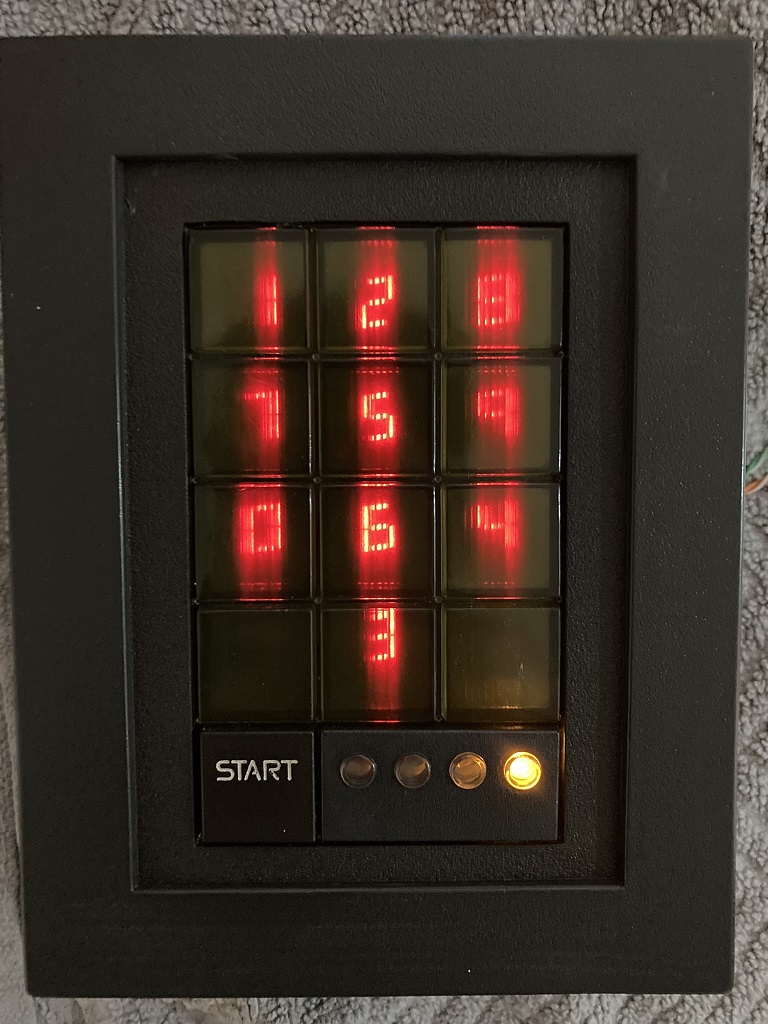
Operating the keypad is similar to other keypads aside from the need to push the "START" button. This turns on the displays, randomizes the digits and allows for keypad input. The code is entered and then followed by the rightmost bottom blank button to submit the code. The 4 LEDs on the bottom of the keypad can be used to indicate lock status, PIN accept/reject, and communication status.
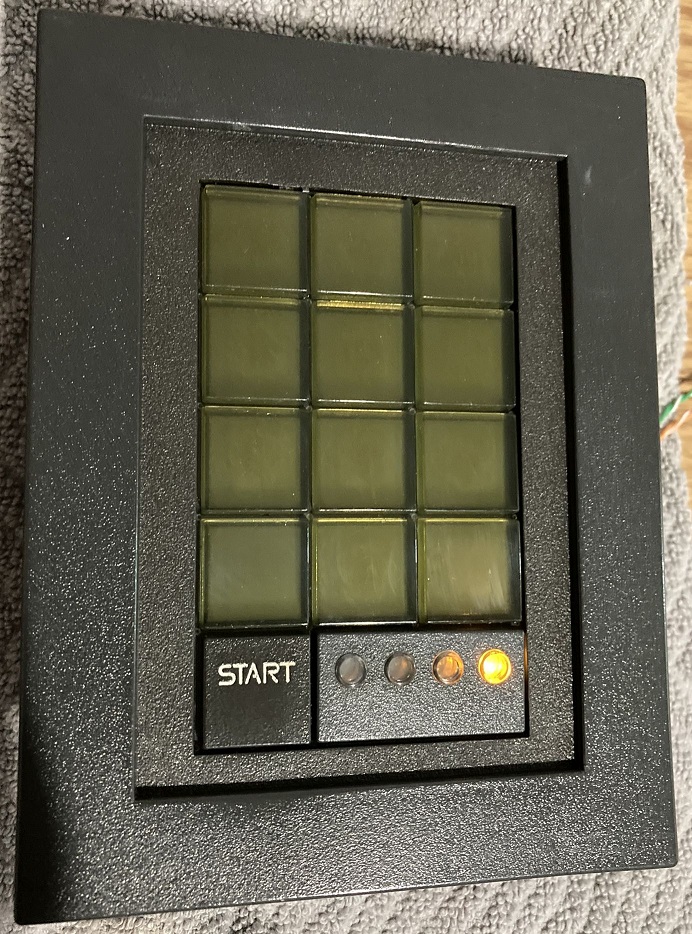
The rear panel contains information about the keypad, some DIP switches for configuration and some connectors. The main connector for power and data is the green one with 5 pins. The keypad operates at 12-28 VDC. This model uses a proprietary Hirsch communication protocol. It is referred to as Hirsch MATCH and is not compatible with common protocols such as Wiegand. Modern Hirsch Scramblepad models are compatible with common communication protocols such as Wiegand, RS-485, OSDP, and can even be PoE powered. The other connectors are for adding readers such as a 125 kHz prox card reader. Modern Scramblepads can be outfitted with 13.56 MHz RFID card readers and smart card readers.
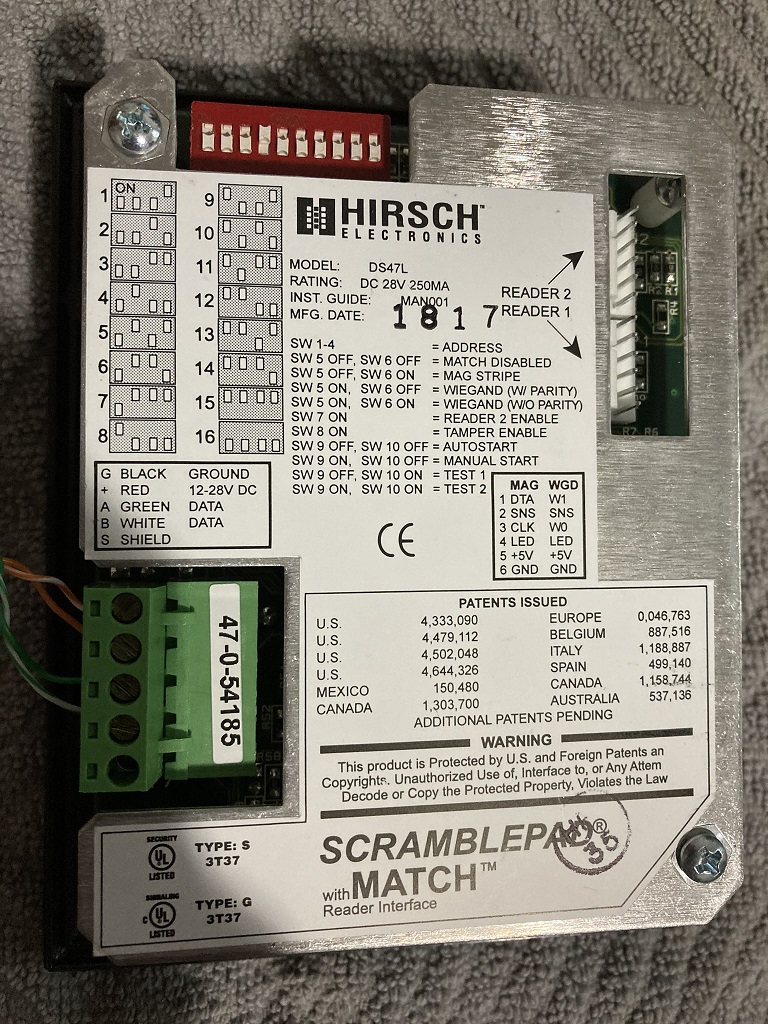
Rear side of PCB with cover removed.
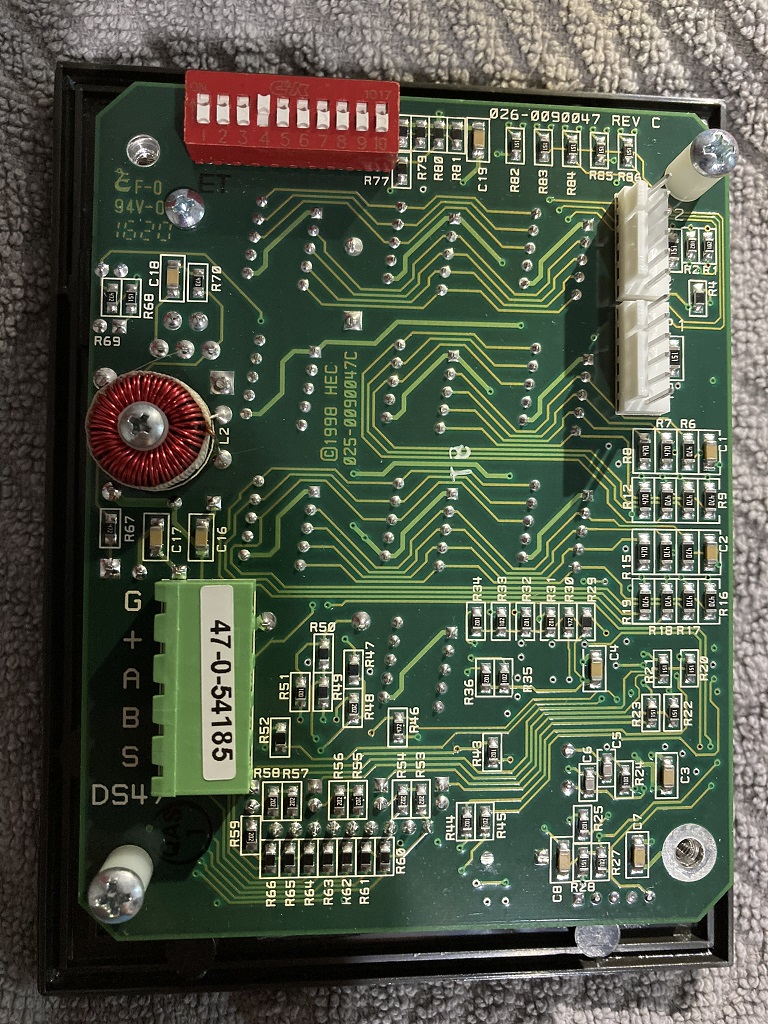
In the image below you can see the stacked glass or plexiglass plates behind the button matrix. These allow for the digits to be viewed but severely limits the viewing angle so onlookers cannot see the digits and watch someone enter the code.
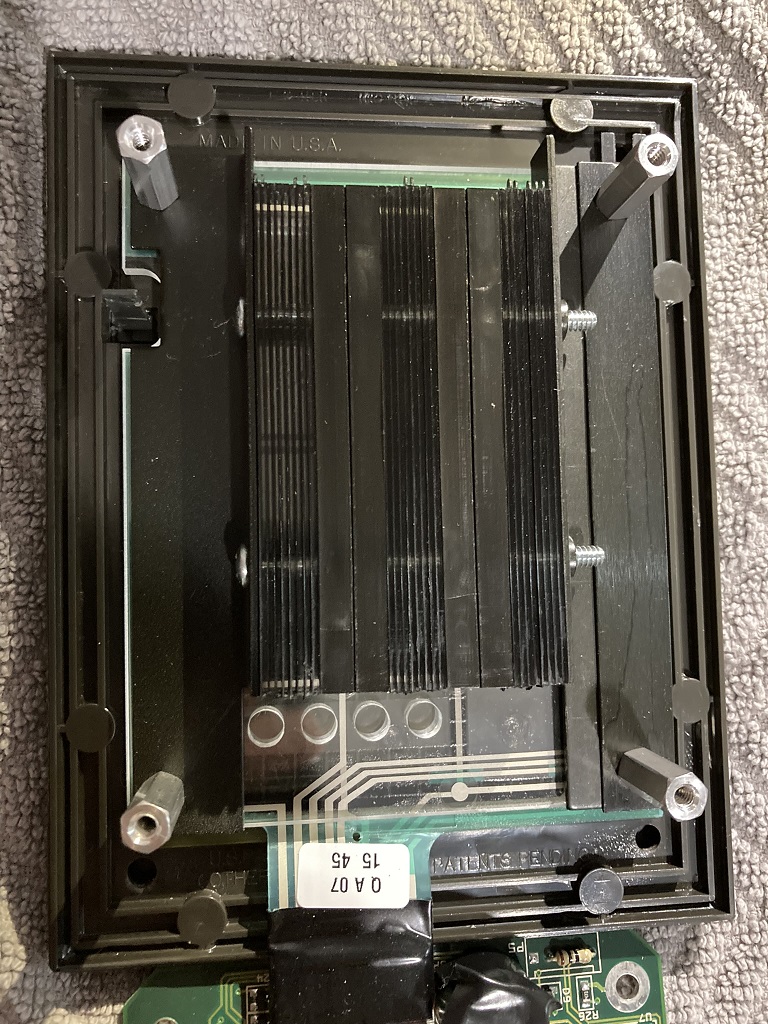
The seven-segment displays are used to display the randomized numbers. When the start button is pressed, the controller randomly assigns one digit (0-9) to each of the displays. A small Piezo buzzer is used to beep in response to key presses and also emits a startup sound while the digits are being scrambled.

Link to the Scramblepad page on the Hirsch (now Identiv) website